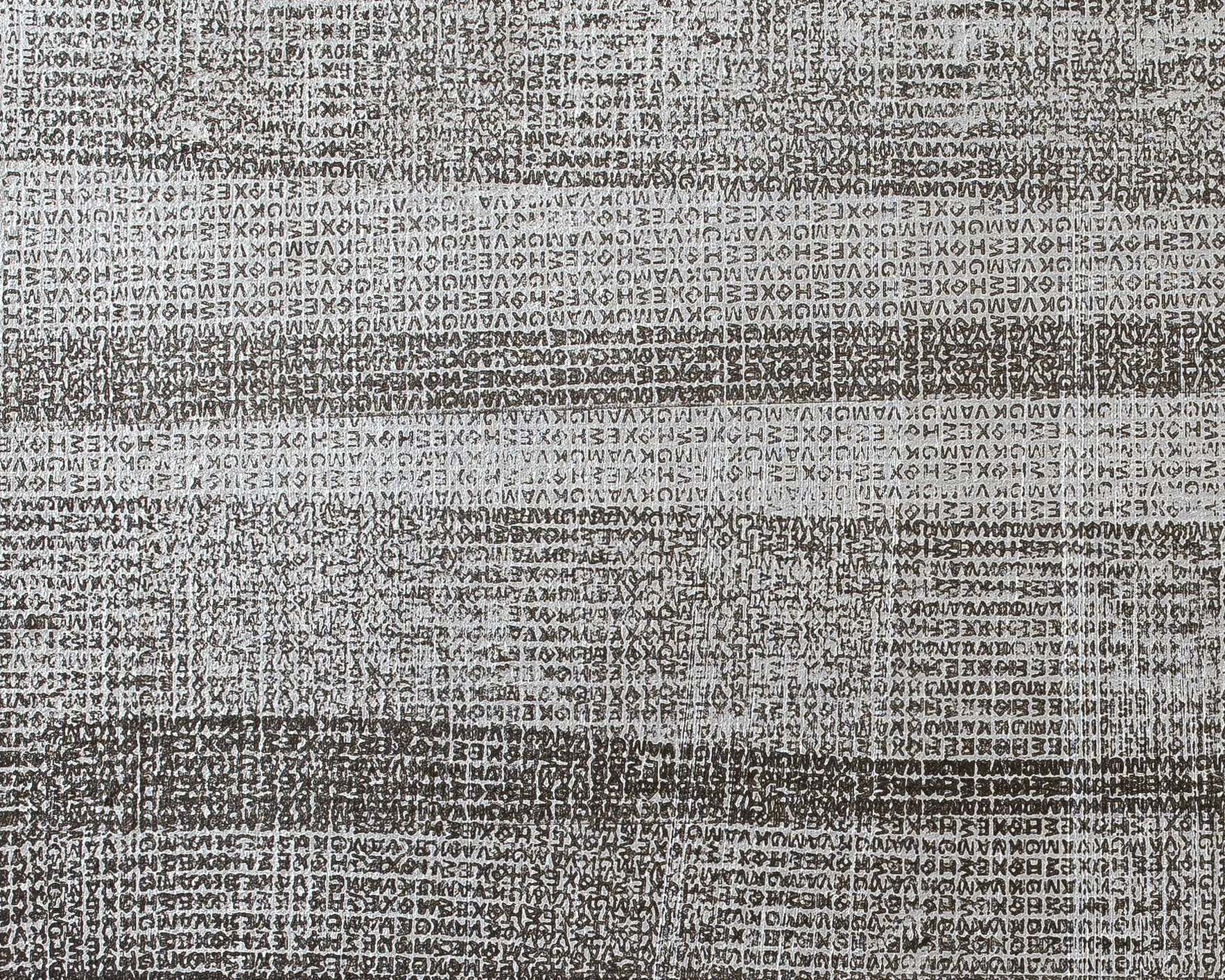Privacy 1, 2021
Privacy 1, 2021
Acrylic and ink on linen
36 x 28 cm (14 x 11 in)
The Privacy explores the intersection of control, chance, and obscured information through the use of a privacy protection stamp as its primary tool. Layered, textured patterns emerge, creating a visual language that weaves together multiple dimensions of time and space. This interplay reflects the ever-evolving landscape of cybersecurity, where information is constantly encrypted, concealed, and at risk of exposure. In the digital age, cybersecurity plays a crucial role in protecting against unauthorized access, data theft, and hardware breaches. It ensures the reliability, integrity, and confidentiality of information systems but remains one of the most pressing challenges of contemporary society. The intricate layering in The Privacy reflects the tension between visibility and obscurity, echoing the complexities of digital security in a world where privacy is increasingly elusive. Through its abstract yet methodical approach, the work invites viewers to reflect on how information is protected, fragmented, and at times intentionally erased.
Q: Your Privacy series includes two pieces in gold and silver. Could you talk about these works related to privacy protection?
Tan Mu: This series was inspired by my concern for privacy protection and information security. In the digital age, personal data security and privacy protection have become increasingly important. These works use patterns generated by privacy protection tools to symbolize the process of obscuring and safeguarding information. In the silver piece, letters and symbols are clearly visible up close, while the patterns in the gold piece are more obscure. This contrast reflects the complexity and fragility of information during transmission and protection. The materials used include acrylic and ink—the base layer is painted in gold or silver acrylic, and a tool called a "privacy stamp" is applied on top. This tool is essentially a roller engraved with various scrambled letters and symbols, typically used to mask sensitive information such as names and addresses for privacy protection.
Q: How did you transform this privacy protection tool into an artistic practice?
Tan Mu: I initially experimented on paper, rolling this tool across the surface to generate patterns designed to obscure information. These patterns had both randomness and a sense of order, creating an intriguing visual effect. Later, I attempted to transfer this method onto canvas. First, I applied a gold or silver acrylic base, then rolled the tool across the canvas in successive layers, forming overlapping patterns. From a distance, these patterns appear as decorative motifs, but up close, hidden letters, numbers, and symbols become visible. I chose gold and silver to symbolize the significance of privacy and information. These colors are often associated with value, protection, and security, giving the works a distinctive presence that highlights the preciousness of privacy and the necessity of safeguarding it.
Q: In your exploration of information systems, do you have other works that also address data security?
Tan Mu: My interest in information systems extends to works such as NO SIGNAL, Off, and LOADING…, which examine disconnection from information, as well as Share, Signal, and Memory, which explore information transmission and storage. These works collectively respond to our present era of information technology. Within this body of work, the Privacy series and The Glitch particularly focus on data security and vulnerability in the digital age. The Glitch examines the impact of information disruptions and leaks, whereas Privacy emphasizes data protection and concealment. Together, these works form an ongoing exploration of cybersecurity, privacy protection, and information technology. By transforming privacy protection tools into artistic expression, I hope to provoke reflections on personal data security, online privacy, and the ethics of technology. This conceptual exploration allows me to further understand how technology shapes our lives and ways of thinking.


